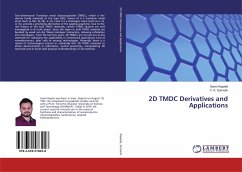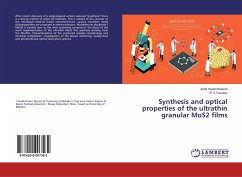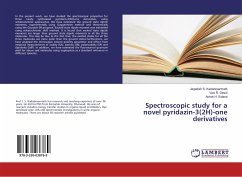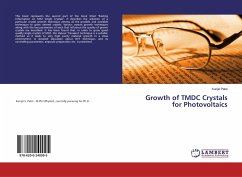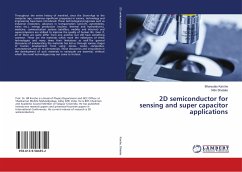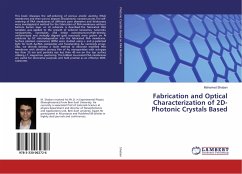Two-dimensional Transition metal dichalcogenides (TMDC), which is the diverse family materials of the type MX2, where M is a transition metal atom (such as Mo, W, Nb, V, etc.) and X is a chalcogen atom (such as S, Se or Te), provide a promising alternative of the gapless graphene. Due to the rich history of the bulk TMDC materials, certain TMDC variants are well investigated in its bulk phase. Since the layers in bulk TMDC material are bonded by weak van der Waals interlayer interaction, allowing exfoliation into monolayers. From the last few years, 2D TMDCs are turned out as key materials for reshaping the applicability in commercial applications such as nanoelectronics, solar cells to sensing technologies. Presently, there is a revival of technological interest in atomically thin 2D TMDC materials to attain advancements in fabrication, optical properties, manipulating 2D materials and to build solid physical understandings of 2D materials.

